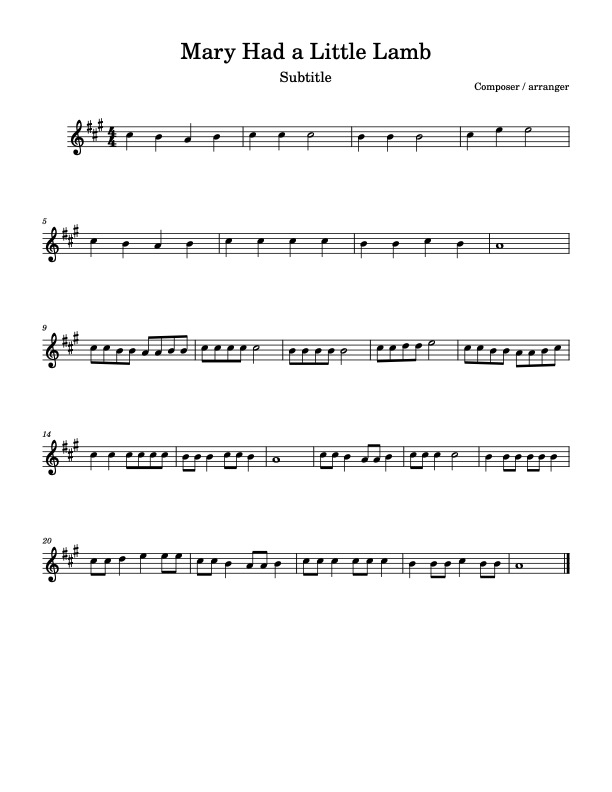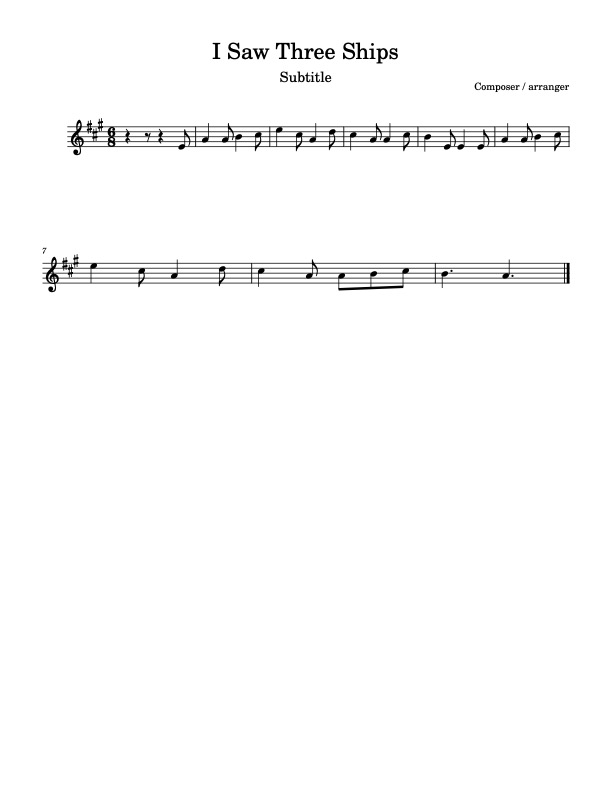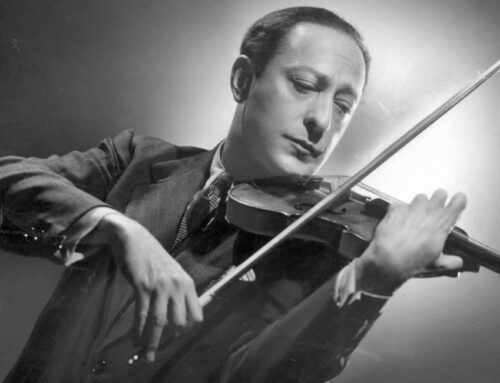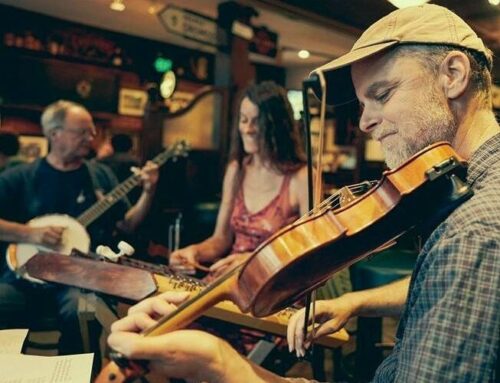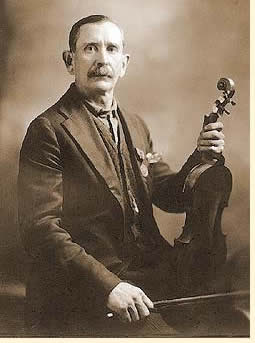
Hello readers. As a follow-up to my prior article about left hand technique, I want to talk about bowing and the right hand today. Take the time to study this snippet of a tune recorded by Uncle Bunt Stephens, a fiddler who either beat or tied another uncle, Uncle Jimmy Thompson, in a fiddle contest organized by Henry Ford during the 1920s. Today, Uncle Jimmy is best known for being the ‘arguable’ first performer of the Grand Ole Opry. Legally speaking, that title actually belongs to harmonica wizard DeFord Bailey. For more on that subject, see my article in ‘Saving Country Music,’ while Uncle Bunt is a name rarely invoked by all but the most studious of late 1800s music.
Now listen to Uncle Bunt playing the whole piece. https://www.youtube.com/watch?v=y064kgSr0gc
And another for good measure https://www.youtube.com/watch?v=NaUX_XVEa5k
Astute listeners will notice that Uncle Bunt’s playing has a very ululating quality to it that brings notes to an ebb and flow, much the same way a classical player uses dynamics.
The right hand techniques of classical players, jazz players, and players of different folk traditions all have their unique ways of bringing out the character of the music. But an old-time player’s bowing is unique for several reasons.
An old-time players bow ‘rocks’ back and forth on the same string with every note, not to create drones on the other strings but to add little flourishes and emphases as the notes change.
To illustrate, place your bow on the A string and play four notes. Now play them again, this time changing the angle of your bow with each note, being careful to still not brush any other strings.
Did you hear the subtle tonal differences?
Now refer back to our diagram. notice those C-sharps connected by tie lines? That doesn’t just mean play two quarter notes as if they were half notes. In this context, it means that when you start the second note, you increase your bowing speed, meaning that your playing a half note but giving the second half of your half note, I.E. the second quarter note, a little extra oomph. it should sound like Oooh-Aaah Oooh-Aaah. remember that your bow never stops moving, it merely speeds up.
Now, play a piece of your choosing, changing the bowing angle on faster passages to add some character to the different notes, and ‘pulsing’ your bow on certain longer notes, creating either an ‘Oooh-Aaah’ by playing slower then speeding up halfway into the note or a ‘Hurrah’ by starting the note with a faster bow and quickly reducing speed.
It’s important that you recognize that these bowing tricks are seasonings, for your music, not ingredients. A piece of chicken is an ingredient, a ball of taco-seasoning the size of a piece of chicken will ruin the dish. Use these bowing tricks sparingly, to ‘flavor’ a piece of music, don’t ladle them on thickly.
Remember to be mindful of your vibrato, any slides you employ, and any extra fingers you use to get a certain tone. Bow with determination and sensitivity for the natural modes and designs of the piece. Only use what the piece already demands, don’t just add things you learn because you can. Add what you learn tastefully.
And as always, practice slowly.

